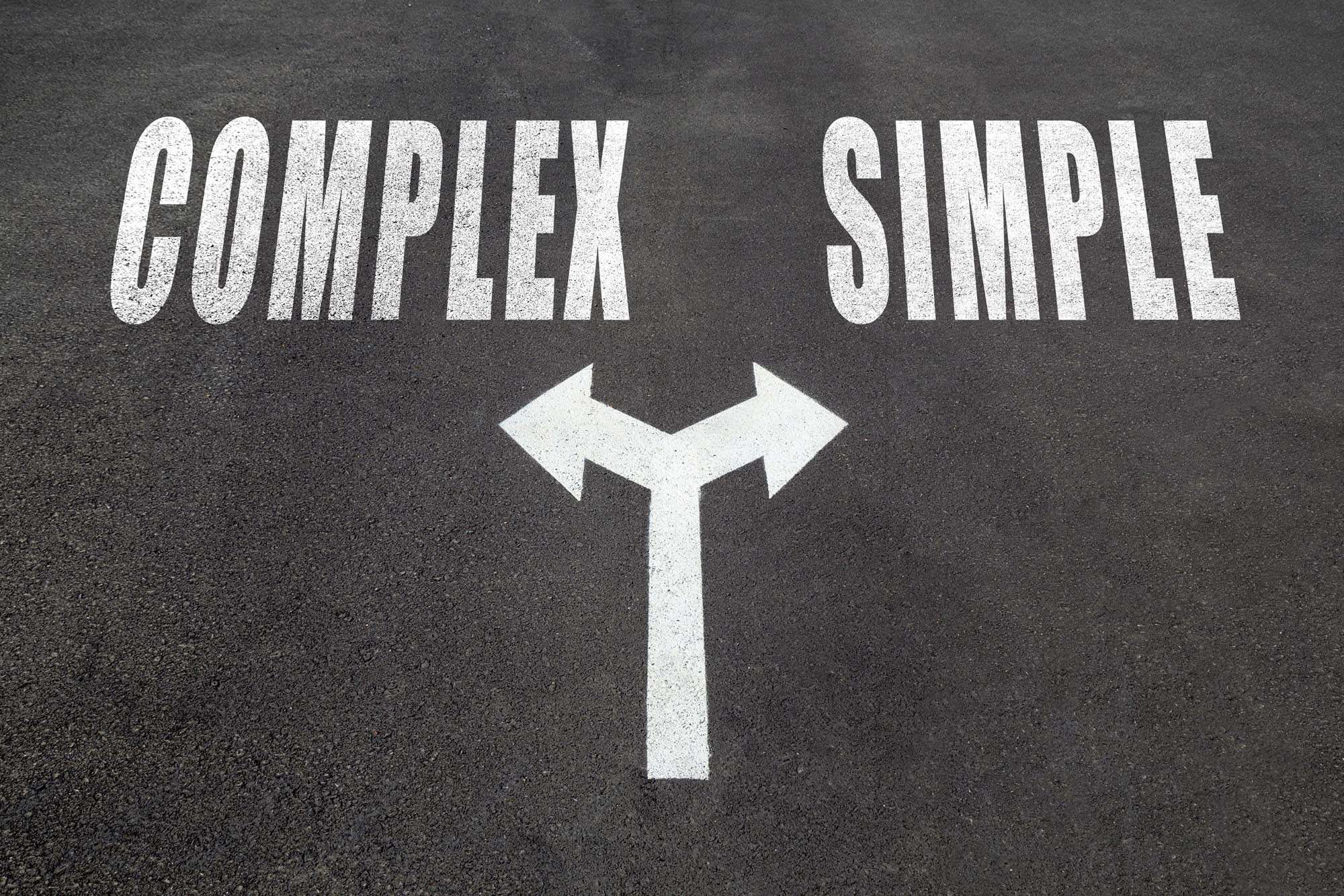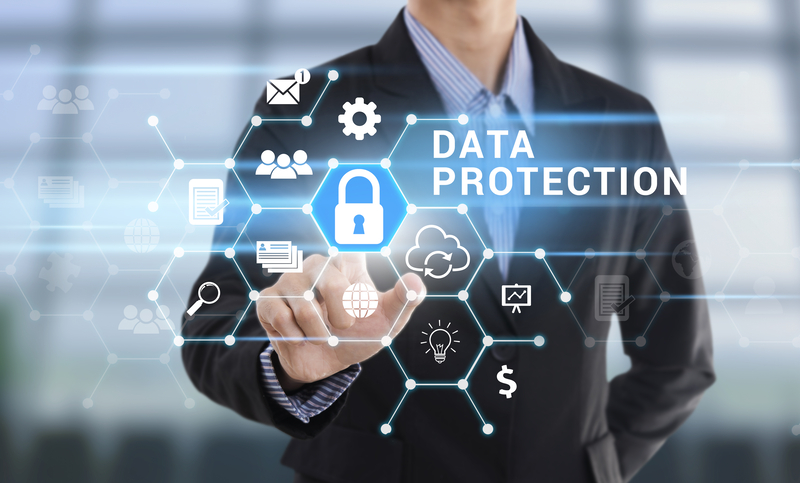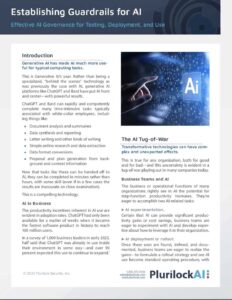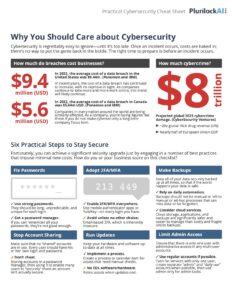Key Points
- Data loss prevention (DLP) is a key technology in the battle to keep data safe and secure
- Today, companies are relying on cloud services for more and more everyday work
- Simple access control isn't sensitive to the data itself, or to user behavior
- Cloud DLP solutions enable organizations to shape guardrails around both
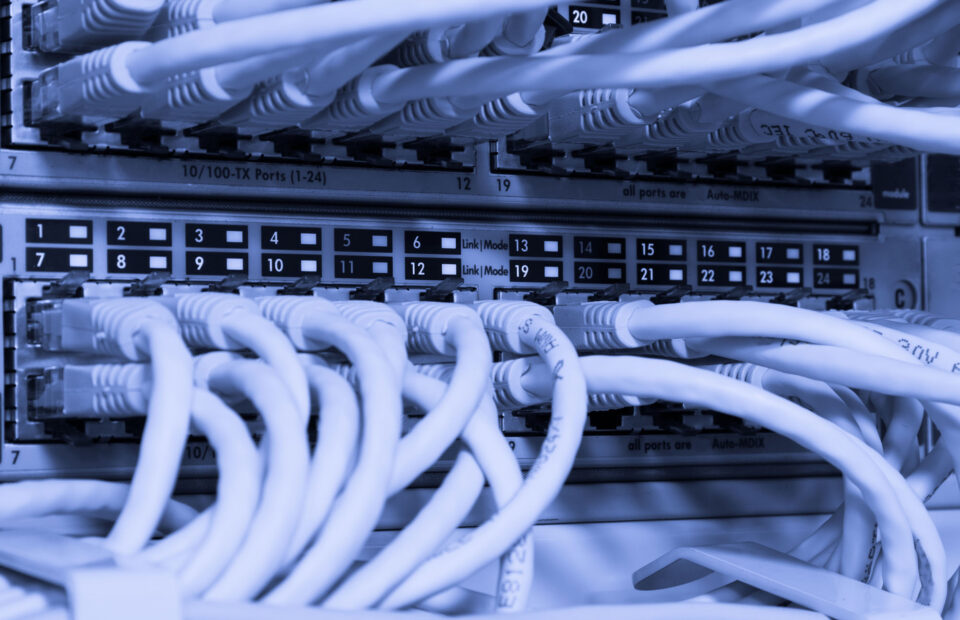
The entire cloud world is designed to enable data to flow with minimal friction. That fact alone calls for powerful cloud DLP solutions.
Quick Read
Data loss prevention (DLP) solutions aren't new, but have traditionally been substantially endpoint-driven. As even the largest enterprises in the world move toward computing in the public cloud, a new generation of "Cloud DLP" solutions is needed to provide the same kinds of protections.
Endpoint-driven DLP software is focused primarily on data stored in the local computing environment—but cloud computing increasingly takes place entirely in the web browser, with little or no data ever making its way out of the browser sandbox and into the local environment.
This creates a vexing new source of risk, particularly because cloud data "sharing" is designed to be as user-friendly as possible, and can often occurs without the related data ever traversing the local network connection at all, much less passing through memory, filesystems, and other local resources.
Cloud access security broker (CASB) solutions, already popular, go some of the way toward mitigating against this risk, but tend to lack specific controls around content and data, and often miss the holistic use envelope—things like copying and pasting sensitive data from a cloud application into another tab containing cloud-based email applications.
Addressing cases like these requires a purpose-built solution able to straddle the local environment and the cloud and remain sensitive to both the content and rules around the data in question and the way in which cloud services interact with each other and with the local environment, and often comprise components in the local environment, in the browser, and in the API space of the cloud services, all working in concert.
Cloud DLP solutions step into the breach here, bringing DLP into the cloud age to ensure that sensitive and confidential data is safeguarded by sound controls.
Further Reading
 Need Data Loss Prevention solutions?
Need Data Loss Prevention solutions?
We can help!
Plurilock offers a full line of industry-leading cybersecurity, technology, and services solutions for business and government.
Talk to us today.
Thanks for reaching out! A Plurilock representative will contact you shortly.
What Plurilock Offers
More to Know

Everyone is Moving to the Cloud
In the early cloud years, any suggestion that enterprises would move operations to the cloud was met with doubt and disbelief. Not so today, as enterprises move their operations not just to private clouds, but to hybrid and public clouds as well.

Endpoint DLP Isn't Enough
Endpoint DLP solutions without substantial cloud awareness can miss the avenues for data movement, and the substance of data, that flows in, through, and across browsers and browser tabs, where much of cloud computing activities occur, as users interact with them.
